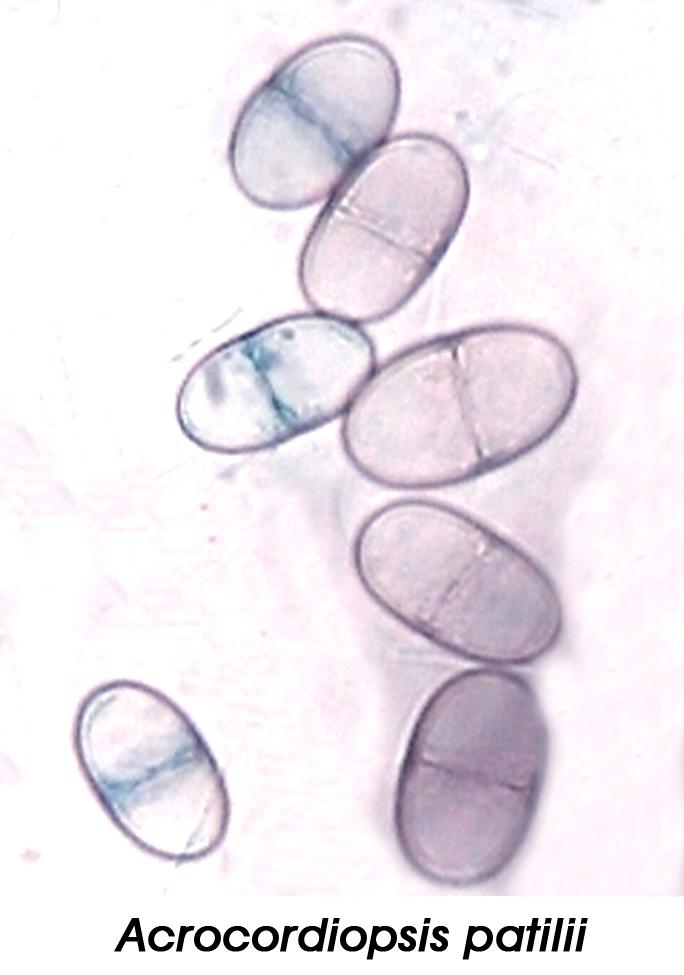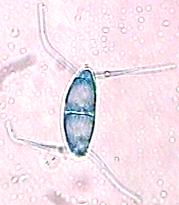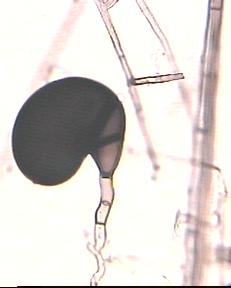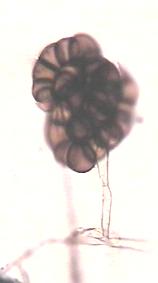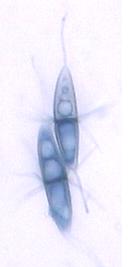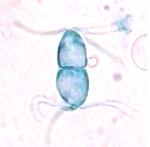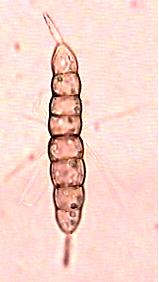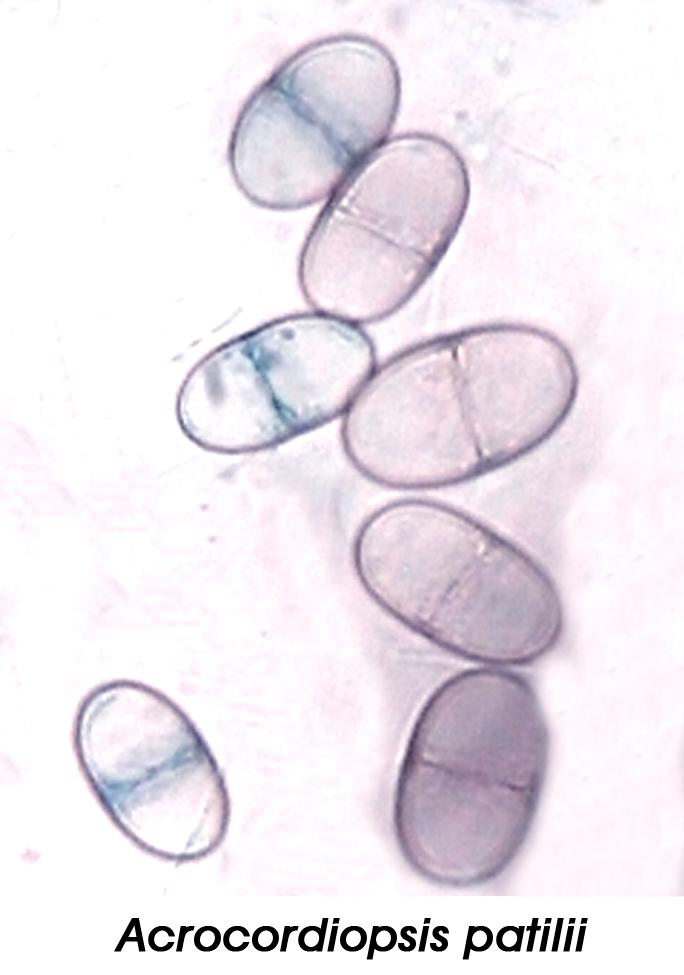 Introduction
Introduction
Marine mycology was established as a discrete science in the late 1930’s following work of researchers such as Sparrow (1936), Barghoorn and Linder (1944) Wilson (1951), Hohnk (1952), Meyers (1953), Johnson (1956), Cribb and Cribb (1955), Kolhmeyer (1959) and Jones (1962). Investigations by Barghoorn and Linder (1944) and latter researchers have shown that fungi do contribute to the decomposition of organic substrates in the oceans.
The first facultative marine fungus, Phaeosphaeria typharum, was described by Desmazieres (1849) as Sphaeria scirpicola var. typharum from Typha in freshwater. Durieu and Montagne (1869) discovered the first obligate marine fungus on the rhizomes of the sea grass, Posidonia oceanica. Up to the period of 1930-1939 there was only sporadic interest in marine fungi. Descriptions of marine species during these first hundred years were supplied by researchers working on a wide variety of fungi with no particular interest in marine habitats. Exceptions are Crown and Crown (1867), who described five marine fungi in there “Florule du Finistere” and particularly Sutherland (1915a-c, 1916a,b), who published a series of papers dealing exclusively with marine fungi. There is a sudden increase in new descriptions of marine fungi after 1940 is attributed mostly to the publications of Barghoorn and Linder (1944) and after 1980 to the publication of Kohlmeyer and Kolhmeyer (1979, 1991), which stimulated worldwide research in marine mycology.
Since the original descriptions of most of the described species, there have been a number of monographic work and proceedings on the morphology, taxonomy, ultrastructure and culturing methods on the lower marine fungi in the literature (Sparrow, 1960; Johnson and Sparrow, 1961; Pokorny, 1967; Olive, 1975; Moss, 1975, 1986; Fuller and Jaworski, 1987; Porter, 1990; Ulken, 1990; Raghukumar, 1996a; Bremer, 2000; Dick, 2001). Keys to the species of labyrinthulids and thraustochytrids have been presented by Dick (2001).
Similarly, there have been a number of monographic work and edited books on higher marine fungi by Johnson and Sparrow (1961), Kohlmeyer and Kohlmeyer (1979), Jones (1976), Moss (1986), Hyde and pointing (2000), Hyde (2002), Raveendran and Manimohan (2007) Jones et al. (2009), Alias and Jones (2009), Borse et al. (2012) and Chandralata Raghukumar (2012). The study of marine fungi continues to attract mycologist, ecologist, physiologist and those interested in drug discovery (Jones, 2008; Jones et al., 2008)
Excellent keys to the identification of the higher marine fungi have been published by Kohlmeyer and Kohlmeyer (1991), Hyde and Sarma (2000), Sarma and Hyde (2000a) and Jones et al., (2009). Kohlmeyer and Kohlmeyer (1979) and Jones et al. (2009) have presented a classification for higher marine fungi.
In the last decade, there has been a declining rate of new taxon descriptions. The decadal figure for 1990-1999 was 156, with only 43 for 2000-2009 (Jones et al., 2009). Work in the 1990s included continued description of new taxa from mangrove substrata and from the salt marsh sedge Juncus roemerianus Scheele (Kolhmeyer and Volkmann-Kolhmeyer 2001a,b, Kohlmeyer et al. 2005). More recently, mycologists have focused on the phylogeny of marine fungi with the introduction of new orders and families (Kolhmeyer et al. 2000, Campbell et al. 2009, Thongkantha et al. 2009, Suetrong et al. 2009).
DIVERSITY OF AQUATIC FUNGI FROM WORLD:
Approximately 3047 taxa have been reported from aquatic habitats thus far (Table.1). The largest taxonomic group of fungi in aquatic habitats is comprised of meiosporic and mitosporic Ascomycota, followed by the Chrytridiomycata.
Table.1- Fungi from aquatic habitats (world)
| Taxonomic group | Number of species |
|---|
| Chytridiomycota | 576 |
| Freahwater meiosporic ascomycetes | 450 |
| Mangrove meiosporic ascomycetes | 612 |
| Marine meiosporic and mitosporic ascomycetes | 465 |
| Ingoldian mitosporic fungi | 290 |
| Aeroaquatic mitosporic fungi | 90 |
| Miscellaneous mitosporic fungi | 405 |
| Saprolegniales | 138 |
| Basidiomycetes from freshwater habitats | 11 |
| Basidiomycetes from brackish and marine habitats | 10 |
| Total number of taxa | 3047 |
(Source: Shearer, et al., 2007)
 DIVERSITY OF FUNGI FROM INDIA:
DIVERSITY OF FUNGI FROM INDIA:
The number of fungi recorded in India exceeds 27000 species, the largest biotic community after insects (Sarbhoy et al., 1996). About 3500 species of fungi (about 24%) are endemic to India. Mitosporic fungi constitute about 40% of the total Indian mycoflora. According to Manoharachary et al. (2005) about 205 genera have been described from India. The number of fungal genera reported from world and that from India between 1905 and 1995 are shown in the Table: 2 (Hawksworth et al., 1995).
Table-2: Fungal genera reported from world and India
| Phyla | World | India |
|---|
| Myxomycotina | 450 | 380 |
| Mastigomycotina | 308 | 205 |
| Zygomycotina | 55 | 50 |
| Ascomycotina | 2000 | 745 |
| Basidiomycotina | 357 | 232 |
| Deuteromycotin | 4100 | 468 |
| Total | 7270 | 2080 |
(Source: Manoharachary, et al., 2005)
DEFINITION OF MARINE FUNGI:
Marine fungi are not a taxonomically and physiologically defined group (Hyde et al., 2000). According to Kohlmeyer and Kohlmeyer (1979), “obligate marine fungi” are those that grow and sporulate exclusively in marine or estuarine habitat; “facultative marine fungi” are those from freshwater or terrestrial milieus able to grow (and possibly also sporulate) in the marine environment. This is the most widely accepted definition of marine fungi (Hyde et al., 2000). They further suggest that a valid criterion for the definition of a marine fungus might be its ability to germinate and to from mycelium under natural marine conditions.
DIVERSITY OF MARINE FUNGI:
Nearly 1,00,000 fungal species are known from all over the world (Kirk et al., 2008) but, in contrast, less than 1500 species have been described from oceans and estuaries (Jones and Mitchell, 1996; Jones et al., 2009). The higher filamentous marine fungi include 530 species (in 321 genera), and the lower marine fungi comprise probably less than 1000 species (Jones et al. 2009).
Johnson and Sparrow published a treatise on “Fungi in oceans and estuaries”, in 1961. The monograph “Marine Mycology: the higher fungi”, (Kohlmeyer and Kohlmeyer, 1979) lists 209 filamentous species. Twelve years later the number had increased to 321 (Kohlmeyer and Volkmann-Kohlmeyer, 1991), and after another 10 years the total was 444 species (Hyde et al., 2000). By 2009, 530 marine filamentous fungi had been described (Jonrs et al., 2009).
Table-3: Number of higher Marine Fungi described at various times.
| Group |
Kohlm. & Kohlm 1979 |
Kohlm.&Volkm-Kohlm 1991 |
Hyde et al., 2000 |
Jones et al., 2009 |
|---|
| Genera |
Species |
Genera |
Species |
Genera |
Species |
Genera |
Species |
|---|
| Ascomycetes |
62 |
149 |
115 |
255 |
177 |
360 |
251 |
424 |
|---|
| Basidiomycetes |
04 |
04 |
05 |
06 |
07 |
10 |
09 |
12 |
|---|
| Hyphomycetes |
25 |
34 |
25 |
39 |
28 |
46 |
61 |
94 |
|---|
| Coelomycetes |
15 |
22 |
16 |
21 |
23 |
28 |
|---|
| Total |
106 |
209 |
161 |
321 |
235 |
444 |
321 |
530 |
|---|
HABITATES FOR MARINE FUNGI:
A wide variety of substrates are available in marine habitats for colonization of fungi. These includes sea weeds, leaves rhizomes and roots of marine Angiosperms; wood, petioles of leaves, prop roots and fruits of mangroves; dead animals and their faucal pellets; shells of various mollusks, sewage effluent and man made structures such as polythene and plastics (Jones, 1988). Most of the marine fungi have been recorded from submerged, intertidal or drift wood each forming niche that supports a characteristic mycota (Jones, 1988).
DIVERSITY OF MANGROVE MARINE FUNGI:
Fungi have been reported from mangrove forest since at least in the 1920’s (Stevens, 1920). Extensive surveys have been carried out in the Caribbean and Pacific Islands (Kohlmeyer, 1984; Kohlmeyer and Volkmann-Kohlmeyer, 1993b) and in South East Asia (Sarma and Hyde, 2001). Twenty eight mangrove tree species yielded 120 higher marine fungi (Hyde, 1990). Fifty five mangroves and their associates yielded about 200 higher marine fungi (Jones and Alias, 1997).
Schmidt and Shearer (2003, 2005) reviewed published results on the occurrence of mangrove fungi and showed that fewer taxa were known from the Atlantic ocean than from the Pacific Ocean. More recently, Alias and Jones (2009) published a monograph on the ‘Mangrove fungi of Malaysia’. These authors identified a core group of mangrove fungi. Tomilson (1986) lists 116 woody mangrove species. However, fungi have been reported from only 72 of them (Schmit and Shearer, 2003).
Dedicated to:
 |
|
|
|
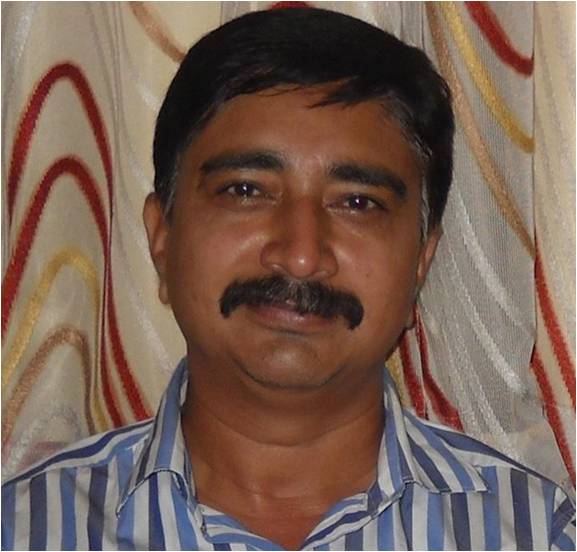 |
|
|
|
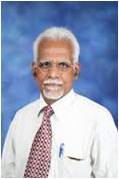 |
|
|
|
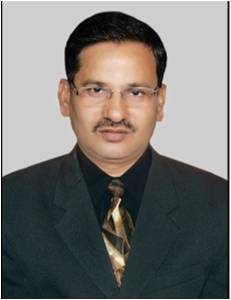 |
|
|
|
 |
| Dr. B. D. Borse sir |
|
|
|
Dr. Kishor Nilkanth Borse |
|
|
|
Dr. D. J. Bhat sir |
|
|
|
Dr. N. S. Pawar |
|
|
|
Dr. A. R. Tuwar |
|
| Dr. A. R. Tuwar |
|
|
|
-->
About Database
The Indian Marine Fungal Database (IMFD) is a simple reference database.
Beinig a database of references, the structure of this relational database is very simple and easy to use.
Each record in the database has a unique identification number. For example, 'UID123' stands for 'Unique Identification number 123'. In addition to this identification number there is another identification number which uniquely identifies individual species. This number is called 'IMFD' number. This number is useful since there can be more than one references to a single individual species. For example, there are two records for Abortiporus biennis. Thus this record has two UIDs, viz. UID99 and UID729. But the species has single unique IMFD number IMFD1.
1. Search : Users can build simple as well as complex queries. The search results are alphabettically arranged according to generic and specific names. The IMFD numbers are also given in the search results.
2. Browse : Database can be browsed by three hierarchical catagories viz. Family, Genus and Species. In addition to this, all records can also be browsed at a time. The number of sub entries are shown at each level of browsing.
Above two options allow the users to query the database in varied ways.
All information of a particular record can be viewed in a card viewer which opens in the same page by clicking on a name in the search/browse result.
The Indian Marine Fungal Database (IMFD) has been linked to MycoBank.
Database Management System : MySQL 5.0
Server : Apache 2.2
Server side script : PHP
Cleint side script : javascript
All the web pages of this site are successfully tested on Mozilla Firefox 3.5.6.
(Get Mozilla Firefox)
Marine Fungal Photogallery
Education
Work in progress!
DIV 4
|
| Introduction |
| About Database |
| Photogallery |
| Education |
Database statistics
| Number of Families | : | 52 | | Number of Genera | : | 146 | | Total number of Species | : | 233 | | Total number of records | : | 233 |
|


 DIVERSITY OF FUNGI FROM INDIA:
DIVERSITY OF FUNGI FROM INDIA:



